Determination
“[The Temple & Miller Flanger] had been invented by a John Hamilton of the Fredericton Branch Railway. However, since he was coloured, his boss, Mr. J. H. Miller obtained the patent and it became known as the Miller Flanger.”
– NB Railway Museum, Hillsborough, no date
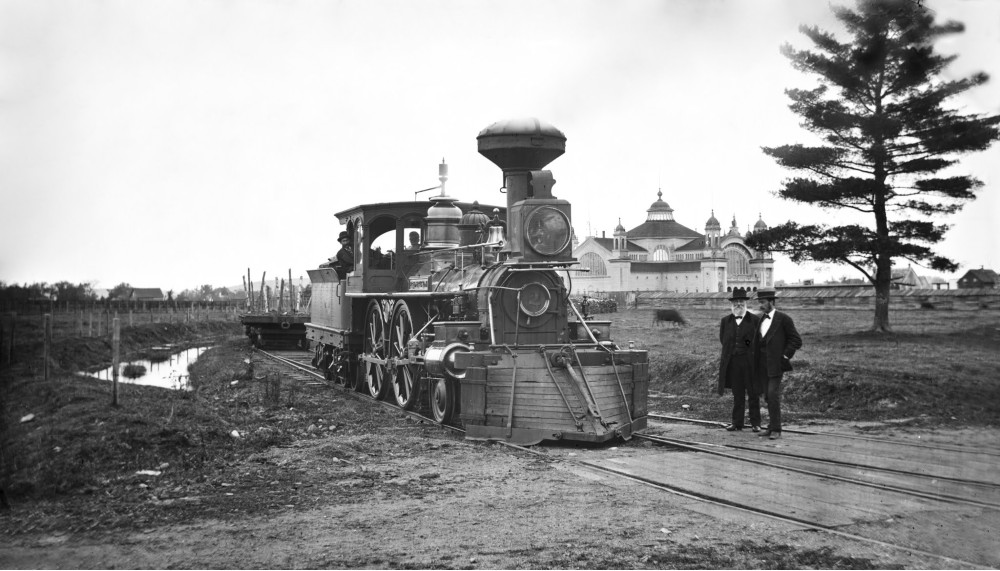
No. 2 Engine of the Fredericton Branch Railway (equipped with a Temple & Miller Flanger) at York Street crossing, Fredericton, 1873-1877.
Like the Kendalls, many descendants of Black Loyalists stayed in the region for generations. Living side-by-side with their former oppressors, each in their own determined way sought paths to combat racism and oppression.
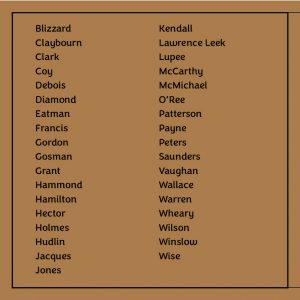
There were many families in the region who self-identified as “African” by 1871. Listed here are their names.
Working ever so quietly, without recognition or applause, families of African descent banded together—with determination and perseverance—to contribute in significant ways to the daily life of New Brunswick.
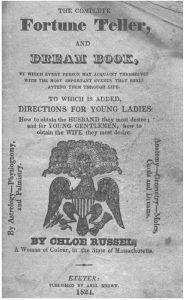
Chloe Russel was a “person of colour” who lived in Massachusetts. Like Georgianna, she was gifted with the ability to predict the future.
One such contribution was by fortune teller Georgianna Jaques. Fortune telling was a special skill that was passed down through generations of Africans. Although stolen from their homelands by the trans-Atlantic slave trade, enslaved Africans found ways to maintain their cultural traditions. So, even though slaveowners like Caleb Jones in Nashwaaksis, or George Harding in Maugerville, may have tried to strip their slaves of African culture and religion, the traditions of Africa were preserved none the less—passed down from mother to daughter, or father to son—through the gifts of fortune telling and prediction. Click here to learn more about Georgianna Jaques.
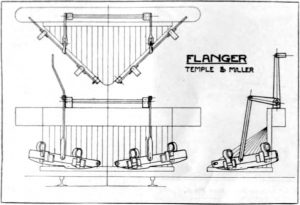
John Hamilton’s Temple & Miller Flanger functioned like a snowplough of sorts, and was used to scrape ice and snow off railway tracks in winter.
Often their contributions were not recognized like that of John Hamilton, an inventive genius and little-known figure in Canadian history who in 1873 was the true inventor of the “Temple & Miller Flanger”. Click here to learn more about John Hamilton.
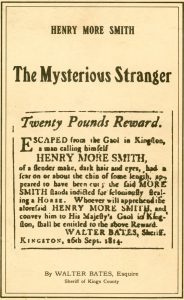
This book by Walter Bates, entitled The Mysterious Stranger, makes mention of Jack Paterson and his bravery in 1814.
Stories of their contributions can be found in literature. Like the harrowing adventure of Jack Paterson. By 1814, Jack was living in the Lincoln area (on the outskirts of Fredericton), when on October 10 a reward notice was printed in The Royal Gazette, calling for the capture of the notorious thief known as The Lunar Rogue. Click here to learn more about Jack Paterson.
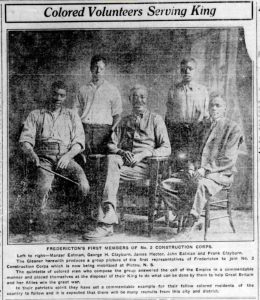
Fredericton’s first volunteers for the No 2 Construction Battalion included George and Frank Claybourn, proud sons of Lucy and George Claybourn.
The legacy of these incredible individuals lived on in their descendants. Two grandsons of Lucy Hammond and Thomas Claybourn were George Hayward Claybourn and Frank Morris Claybourn, both proudly served in the No. 2 Construction Battalion during the First World War. Click here to learn more about Lucy Hammond.

